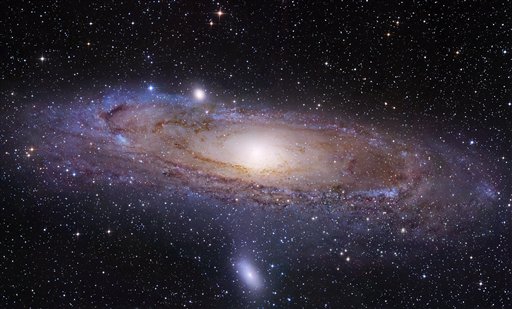WASHINGTON — The year 2016 has claimed another space great: American astronomer Vera Rubin.
Unless you follow astronomical research or history closely, you probably have never heard of Rubin, and that’s OK. She was a groundbreaking female astronomer with regard to the glass ceilings she broke in astronomy and her pioneering astronomical research.
Rubin was from our area, as she lived in D.C. in her younger years, and after getting an undergraduate degree in astronomy from Vassar College, and an M.S. from Cornell, she got her Ph.D. in astronomy from Georgetown University in 1954. She had applied to Princeton University after Vassar, but the Princeton graduate astronomy program did not admit women until 1975.
I can tell you there were very, very few women astronomers in the world, let alone at the Ph.D. level in 1954. Vera remained at Georgetown, becoming an assistant professor in 1962; she had also taught at Montgomery College — all while raising her four children — who all became Ph.D.s as adults.
To me, one of the biggest glass ceiling breakers Vera accomplished was becoming the first woman to ever use the telescopes at Palomar Observatory in 1965. The living quarters at Palomar are to this day called “The Monastery,” and until her arrival it is was a male-only enclave. She also became a Senior Fellow in 1965 at the Department of Terrestrial Magnetism at the Carnegie Institution of Washington, here in D.C.
Rubin’s lifelong research was about galaxies — how they cluster, move through space and rotate. There are trillions of galaxies in the observable universe. Rubin studied our own Milky Way Galaxy, the close-by Andromeda Galaxy and others to determine how fast the stars within them moved. It was thought that the farther from the center of its galaxy a star is, the slower it should orbit. We see the same thing in our solar system as Mercury orbits the Sun in about 88 days while Pluto takes 248 years to do so.
What she found through precise observations and data reduction was truly astounding. The stars in the outer regions of galaxies were moving far faster than they should be for the amount of visible matter present. Her research showed that galaxies had to have ten times more matter present than could be seen — some kind of dark matter had to be present. Her work became the foundation upon which theories about Dark Matter could be tested and the search continues in earnest today to find out what it is.
I never got to meet Rubin, but I followed her research and saw the numerous interviews and TV programs in which she was featured. She impressed me with her astronomical research and personal accomplishments. She became a powerful advocate for women in science and astronomy.
We will feel her loss, but the stars and the galaxies will shine a bit brighter …
Follow my daily blog to keep up with the latest news in astronomy and space exploration. You can email me at skyguyinva@gmail.com.





